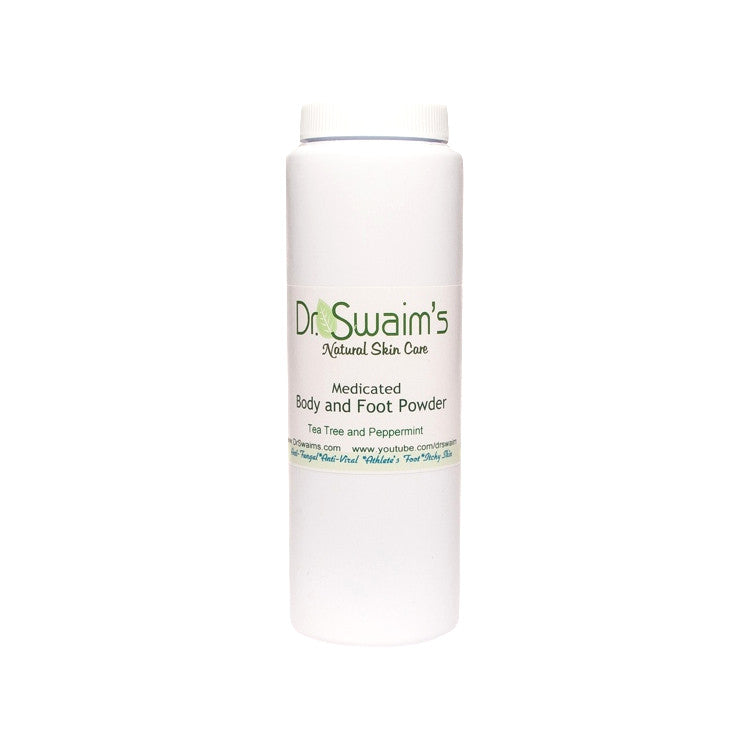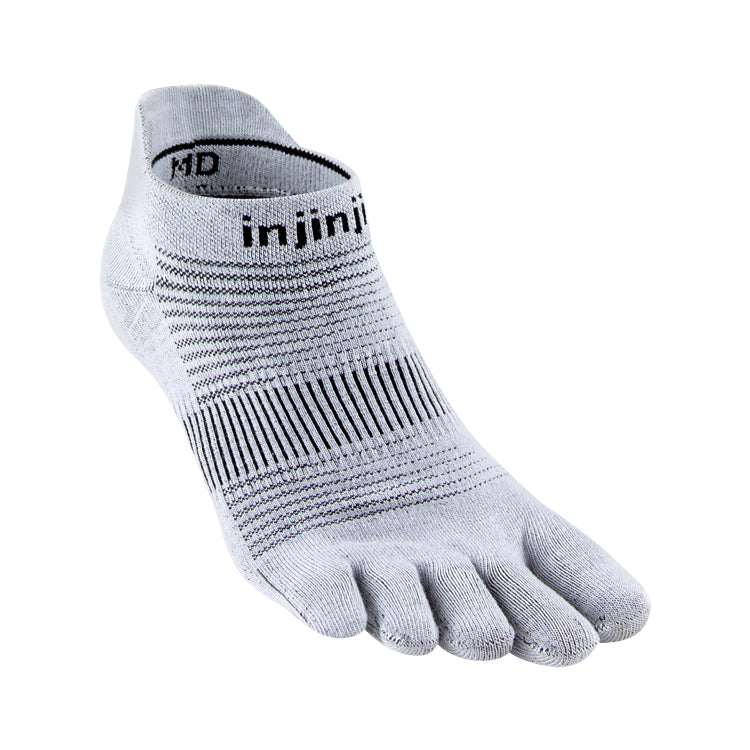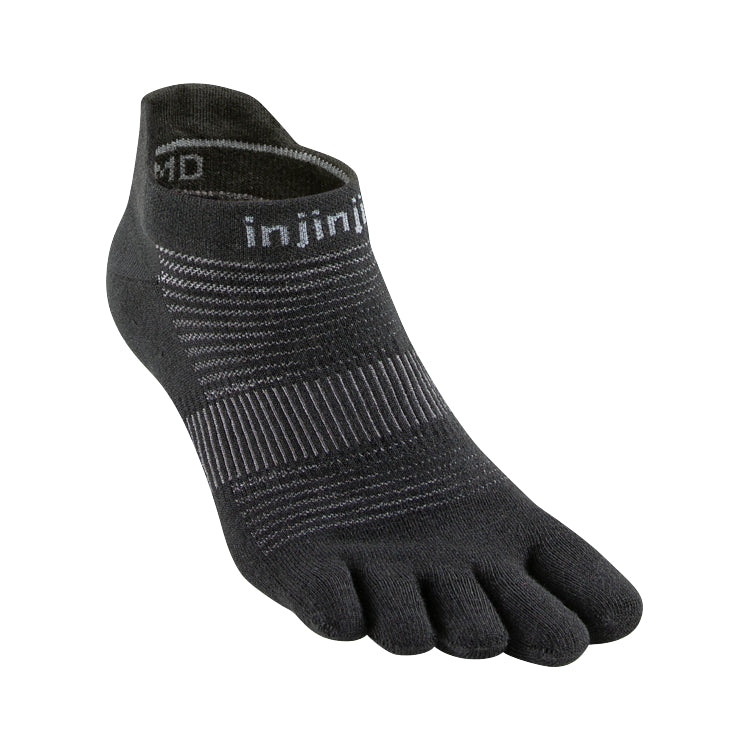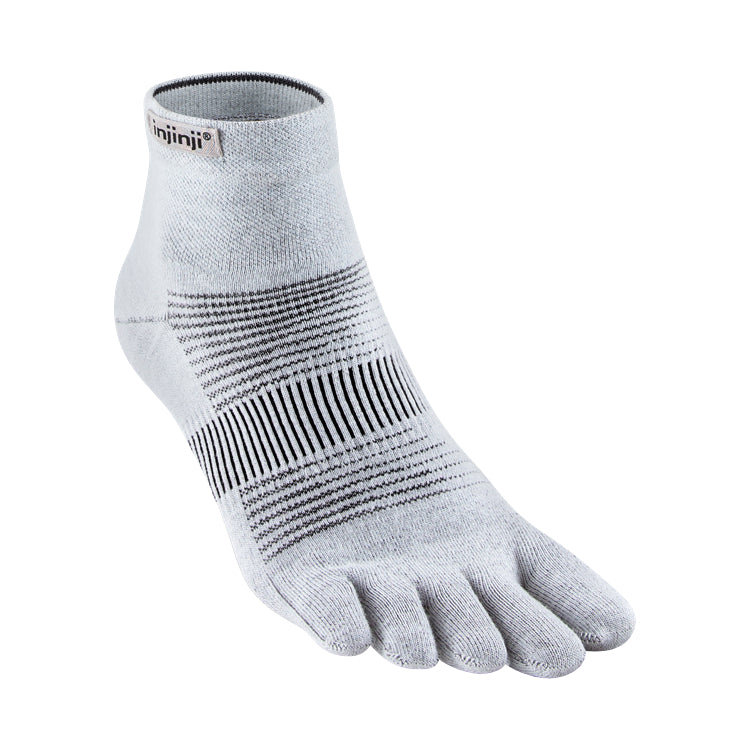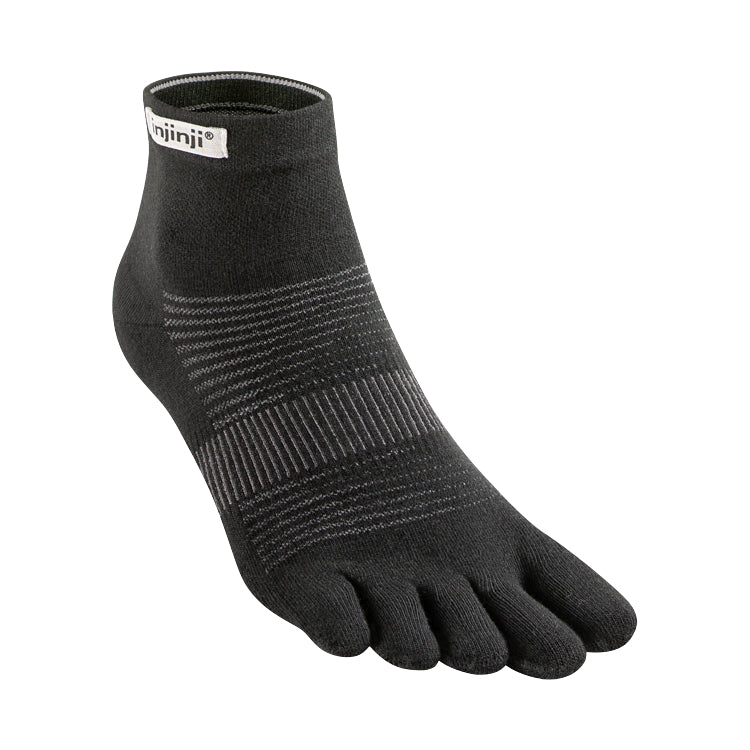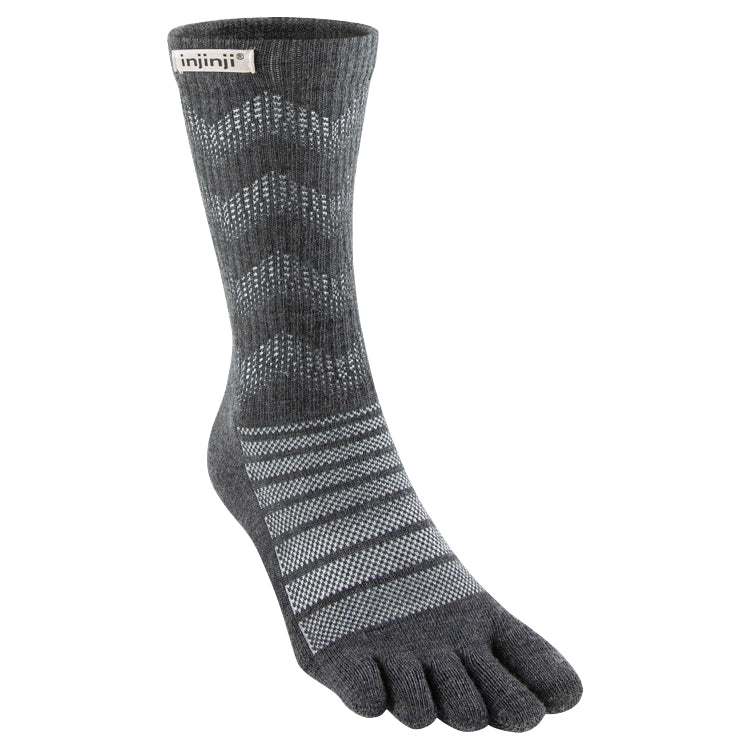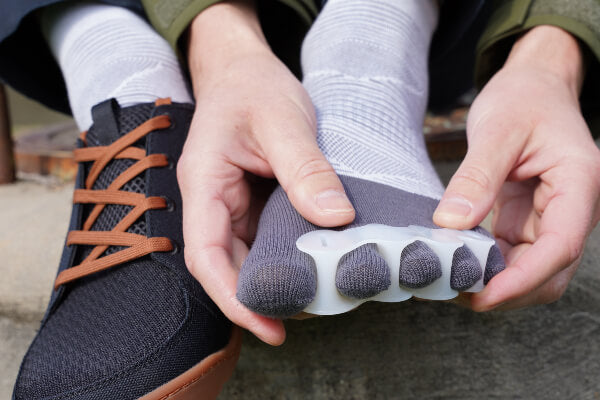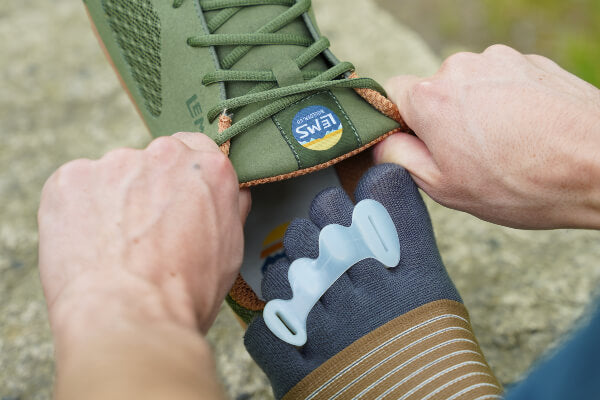
Definition
Plantar Wart: A hard, rough growth that occurs on the heel or the ball of the foot.
General Info
Plantar warts, also called verruca plantaris, are a buildup of skin on the bottom of the feet. Plantar warts are benign skin growths caused by the human papillomavirus, or HPV. This virus enters the body through small cuts or breaks in the skin of the feet. The buildup of thick, irregular skin on the bottom of the feet that characterizes plantar warts is sometimes confused with calluses, due to their similar appearance. But calluses are caused by rubbing or friction, not a viral infection.
Calluses on the bottom of the foot most commonly develop under weight-bearing bones, such as the metatarsal bones in the ball of the foot. Plantar warts, however, may develop on any part of the foot’s skin. This information can be helpful in differentiating plantar warts from calluses. Also helpful is the fact that calluses may hurt when direct pressure is placed upon them, whereas plantar warts often hurt when they are squeezed.
Most warts, including plantar warts, are round or oval growths that are raised from the skin and possess a rough surface. Warts, relative to normal skin, can be lighter or darker in color. Some warts may even be black.
Plantar warts that grow beneath pressure points on the foot, such as the heel or the ball of the foot, may grow inward under a callus. Most plantar warts are not serious and may not need treatment. In some cases, however, plantar warts may cause pain or discomfort. Some plantar warts may resolve without treatment, although this process can take up to two years. Warts that disappear, treated or otherwise, frequently recur. Any type of wart can spread to another part of the body.
Signs & Symptoms
Some of the most common signs and symptoms associated with plantar warts include:
- Small growths on the bottoms of the feet
- Alterations in the normal texture of the skin
- Foot pain or tenderness with weight-bearing activities
- Calluses on the soles of the feet, where the warts have grown inward
- Small, clotted blood vessels (known as “wart seeds”) that look like black pinpoints
Possible Causes
HPV is the cause of plantar warts. Over 100 types of HPV exist, although only several types have been linked to plantar warts. Plantar warts can occur in people of all ages, although children and teenagers and people with low immune function are more likely to develop this health problem.
Helpful Strategies
Attempts to rebalance the feet using natural foot health approaches will not be successful in treating plantar warts, as warts are caused by a viral infection, and the virus must be destroyed. Many methods may be used to achieve this health goal, including the use of topical acid preparations, such as salicylic acid. Here are some more details about common plantar wart treatments:
-
Salicylic Acid: Salicylic acid helps destroy the layers of skin that HPV lives in, along with destroying the virus itself. Topical preparations usually work better if they are used under occlusion. Occlusion involves covering the acid with tape or bandaging to hold the acid in place. The acid will be rubbed away by socks and shoes if tape or bandages are not used to cover it.
-
Laser Therapy/Electrocautery: Some warts may be eliminated by using laser therapy or electrocautery to burn the wart and the surrounding tissue.
-
Cryotherapy/Liquid Nitrogen: Cryotherapy or liquid nitrogen therapy attempts to kill HPV by freezing it to death.
-
Minor Surgery: Some warts may respond to surgical techniques, such as excision and curettage. Excision involves cutting out the wart and the surrounding skin, while curettage involves scooping the wart tissue out of the deep layers of skin.
-
Medications: Certain oral medications may alter the immune system to improve the body’s ability to rid itself of warts. Surgical implantation of wart tissue into a separate part of the body may also stimulate the body to get rid of the original wart.
-
Duct Tape: The use of duct tape is a conservative care method for eliminating warts and has shown to be effective in treating plantar warts. It's believed that duct tape suffocates warts, which require air to survive. Several different protocols involving the use of duct tape have been used for this health purpose. Speak with a foot care professional about these protocols before using duct tape to help treat plantar warts.
-
Keeping the Feet Dry: It’s always helpful to keep the skin of the feet dry. Using quick-wicking socks, putting powder in shoes, and drying shoes after using them are all beneficial strategies for keeping the feet dry.

WANT TO IMPROVE YOUR FOOT HEALTH?
Let the team at Natural Footgear help you! Subscribe to our newsletter for the latest offers and helpful info, and sign up for our FREE email courses on various topics and foot health conditions.
Sign Up →
Want to Improve Your Foot Health?
We are here to help you every step of the way. Get our newsletter for the latest offers and helpful info, and sign up for our FREE email courses on various topics and conditions, including bunions, hammertoes, neuromas, plantar fasciosis, shin splints, ingrown toenails, and more.
Sign Up →
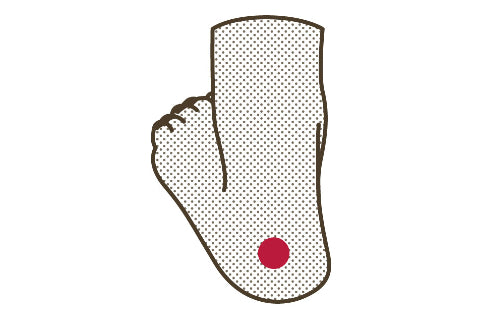 Foot blisters are a problem that most people experience at some point during their lives. Blisters are usually caused by friction from shoes or socks rubbing repeatedly against the skin, causing friction burns. Friction blisters occur when the outer layer of skin separates from the inner layer of skin and the space between these layers fills with lymph fluid. Friction blisters can cause significant pain or discomfort and may impair...
Read more
Foot blisters are a problem that most people experience at some point during their lives. Blisters are usually caused by friction from shoes or socks rubbing repeatedly against the skin, causing friction burns. Friction blisters occur when the outer layer of skin separates from the inner layer of skin and the space between these layers fills with lymph fluid. Friction blisters can cause significant pain or discomfort and may impair...
Read more



